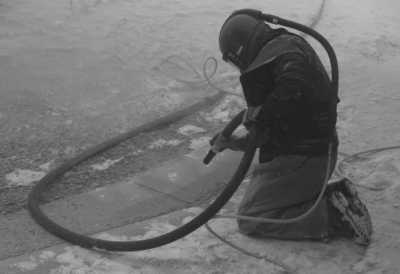 The Occupational Safety and Health Administration (OSHA) has published the document Controlling Silica Exposures in Construction for use in controlling hazards associated with work activities that may contribute to silica exposures that may be harmful to the health of individuals.
The Occupational Safety and Health Administration (OSHA) has published the document Controlling Silica Exposures in Construction for use in controlling hazards associated with work activities that may contribute to silica exposures that may be harmful to the health of individuals.
Work activities detailed include:
- Handheld and Stationary Masonry Saws
- Hand Operated Grinders
- Jackhammers
- Mortar Removal
- Rock Drilling Rigs
- Drywall Finishing
The document includes information dust control methods, work practices, personal protective equipment, engineering controls, and housekeeping that will limit an employee’s exposure to silica, which is known to cause silicosis.
For example:
Using a stationary saw without engineering controls can cause exposure to respirable silica to reach 2.0 mg/m3 or higher. Therefore, it is important to utilize effective controls to reduce employee exposures. Wet methods present the best choice for suppressing dust while cutting with stationary saws. Studies indicate that effective wet methods can reduce exposures below 0.05 mg/m3, as an 8-hour TWA. Stationary saws can be purchased with water-fed equipment, or existing saws can be retrofitted with water-fed attachments. Respiratory protection should not be necessary when using effective wet methods.
Additionally, the document references the need for conversion from the obsolete unit concentration of millions of particles per cubic foot (mppcf) (the units used in the Construction Industry standard – 29 CFR 1926.55(a)) to the current unit concentration of milligrams per cubic meter (mg/m3) (the units used in the General Industry standard – 29 CFR 1910.1000(c)) via the following conversion factor:
1 mppcf = 0.1 mg/m3 respirable dust
